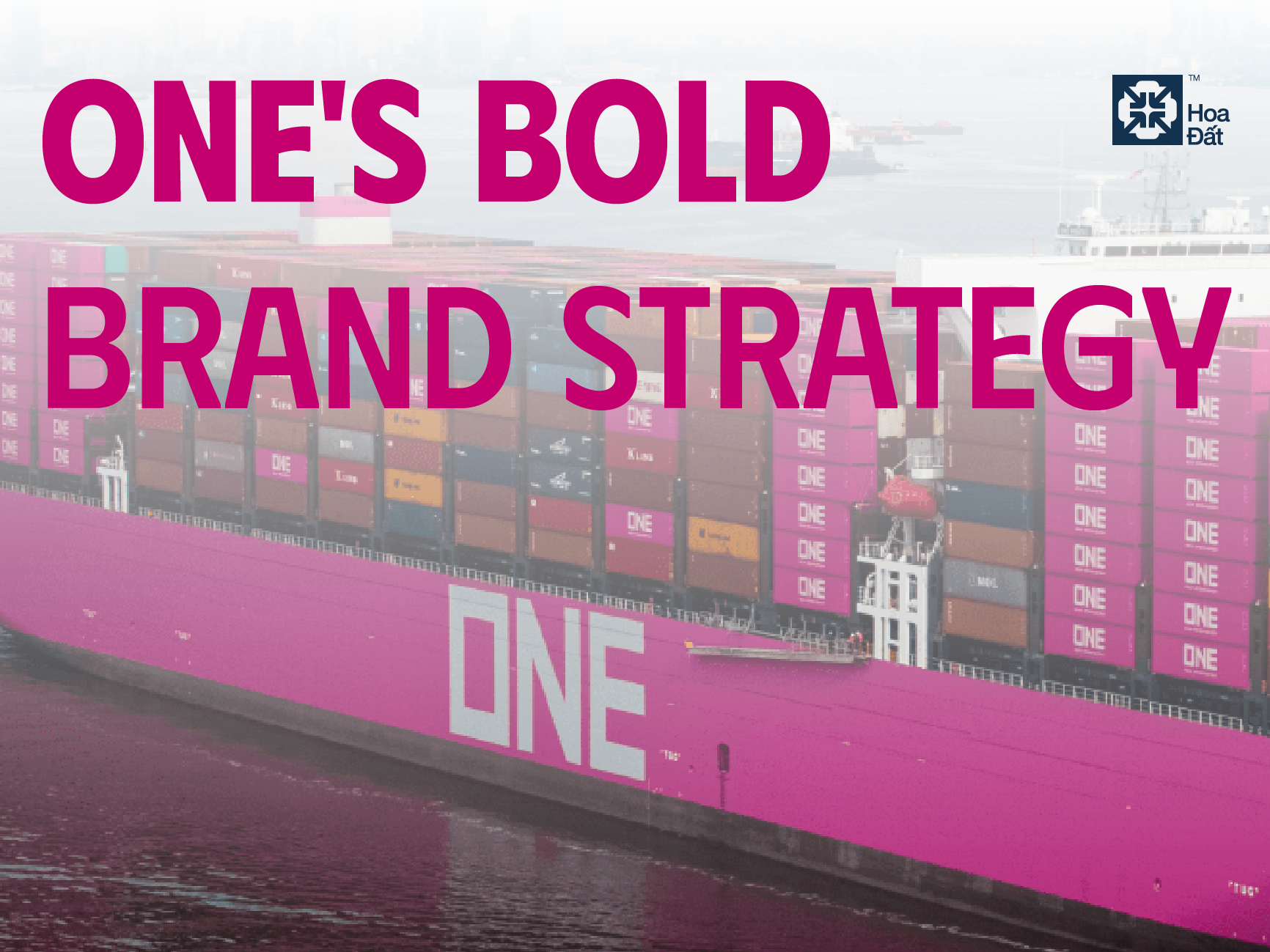
The first half of 2025 saw a noticeable wave of withdrawals from the F&B industry in Ho Chi Minh City, with major players like Dodo Pizza, Hot&Cold, and Comebuy exiting the market. From international names to well-established local brands, this wave of closures isn't just a market shock – it’s a wake-up call that F&B is no longer a popularity race, but a test of adaptability and brand distinction.
Mass Closures: When a Glorious Past Can’t Save the Present
First half of 2025, Hot&Cold – a nostalgic milk tea brand for Vietnamese Millennials – officially bid farewell after 14 years of operation. Once peaking with over 80 branches nationwide, Hot&Cold couldn’t survive the rapid shifts in F&B market trends and consumer preferences. Post-COVID, spending power declined and consumers became more discerning – not only about taste but also about health, visual experience, and brand value.

Just days earlier, Russian pizza chain Dodo Pizza quietly shut down all outlets in Ho Chi Minh City. Despite its modern F&B operations model and global recognition, Dodo couldn’t keep up with the volatile local market.
According to iPOS.vn, over 30,000 F&B businesses in Vietnam were forced to shut down in 2024. Ho Chi Minh City was hit hardest, seeing nearly a 6% drop – the highest nationwide – with the most brands exiting the scene.
Why Are So Many F&B Brands Failing Midway?
The F&B sector in Vietnam is known for being easy to enter but hard to sustain. A Q&Me survey revealed that 72% of new F&B brands in the past year almost entirely copied their competitors' menus. This repetition in products, space, and experiences has left customers feeling bored and overwhelmed.
In a market where everything looks and feels the same – from menus to interior design and marketing – consumers are forced to choose based on the most measurable factor: price. This is when the price war begins, and brands that are weak in finance, operations, or identity are quickly eliminated.
Additionally, consumer behavior – especially among Gen Z – is evolving rapidly. They prioritize health, aesthetic experiences, and meaningful stories. They visit cafés not just to drink, but to share, photograph, remember, and tell stories. F&B models that lack brand identity and fail to refresh their products or image are quickly replaced.
Branding and Visuals: Not Just “Pretty,” But “Memorable”
In a saturated F&B market, what keeps customers returning isn’t just flavor, but strong brand differentiation. From logo design, color palettes, packaging, to brand storytelling and marketing visuals – every element must be consistent and carefully crafted.
A great cup of coffee isn’t enough. But a cup with eye-catching packaging, eco-friendly materials, a unique logo, and social media-ready design can take a brand much further. Today’s F&B packaging is not just a wrapper – it’s the first visual ambassador that meets customers on Instagram, TikTok, Facebook…
Meanwhile, product visuals – from menu photography to advertising creatives – are key to triggering emotional responses. NielsenIQ research shows modern consumers decide within 5 seconds of seeing a food or drink item online. If visuals don’t spark interest, the chance of conversion is almost zero.
Redefining Success: From POSM to Brand Communication
To survive, F&B brands in Vietnam must reassess their branding strategy, especially at the point of sale (POSM). Faded menus, generic signage, and unbranded packaging make your brand invisible. In contrast, well-designed POSM, consistent visual identity, and tailored touchpoints (offline & online) dramatically increase brand recall.
Additionally, investing in digital marketing for F&B is non-negotiable. From paid advertising, influencer campaigns, review seeding, to leveraging user-generated content (UGC) – all contribute to both brand reach and identity reinforcement.
Notable Brand Examples to Learn From
- Cộng Cà Phê is a prime example of building brand identity through emotional branding. With a nostalgic space reminiscent of the post-subsidy era — featuring enamel thermos flasks, wooden stools, and signature drinks like coconut coffee — Cộng evokes a sense of collective memory, an emotional asset that's hard to replicate. Beyond that, Cộng has also pioneered brand recognition through its signature color scheme and POSM (Point of Sale Materials). Items like tote bags, thermos bottles, and drink cups infused with Cộng's unique identity have made customers excited to collect them.

- Meanwhile, Highlands Coffee has won over consumers not only with the quality of its coffee but also with a smart expansion strategy, a friendly brand interface, and effective collaborations with delivery platforms. From packaging to POSM to communication messaging, everything is carefully refined — a clear demonstration of the power of consistent branding.

- KATINAT — a familiar brand among young people — underwent a rebranding in May 2024, changing its name from “KATINAT Saigon Kafé” to “KATINAT Coffee & Tea House” after over 8 years of operation. Aiming for a more inclusive name to support its expansion into multiple provinces, the brand now focuses primarily on two core offerings: tea and coffee. This change targets a Gen Z audience, accompanied by the message: “A Journey of Flavor Discovery.” KATINAT also leads the trend of designing seasonal drink cups and launching customer engagement campaigns featuring bold, eye-catching cup designs.

Conclusion: It’s Time for F&B to Stop “Quick Winning” and Start Building Foundations
The Vietnamese F&B market in 2025 is undergoing a natural purge phase, where brands without identity or innovation fade out. But this is also a chance for serious players to ask themselves:
Is our brand truly distinct?
Does our packaging leave an impression?
Are our product visuals viral-ready?
Is our brand story worth sharing?
Long-term sustainability in F&B doesn’t come from the best product – it comes from clear brand identity, compelling visuals, and holistic customer experiences. In an era where every purchase is influenced by emotion, aesthetics, and speed, brand differentiation is no longer an edge – it’s a necessity for survival.



